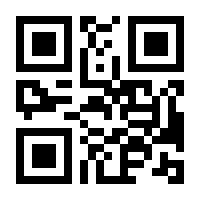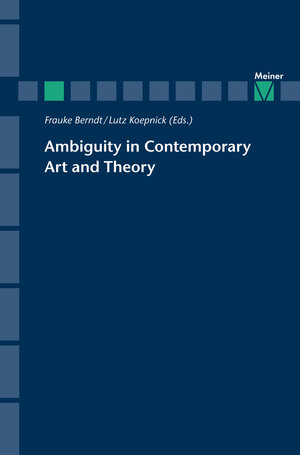It has become commonplace to associate art and aesthetic experience with the category of ambiguity. Indeed, when we talk about art, we cannot do without the dynamic force of ambiguity just as the aesthetic itself cannot do without it. The great efforts to disambiguate aesthetic practices and their associated theories and contexts would eliminate art’s unique ability to reshape our knowledge of the world, our sensory encounters with it, and our moral or political positions in it.
The essays collected in this volume present different perspectives on this central category and develop interdisciplinary connections. Contributors include Frauke Berndt, Joy H. Calico, Stephan Kammer, Lutz Koepnick, Verena Krieger, Richard Langston, Rachel Mader, Lily Tonger-Erk, Gabriel Trop, and Thomas Wortmann.
The essays collected in this volume present different perspectives on this central category and develop interdisciplinary connections. Contributors include Frauke Berndt, Joy H. Calico, Stephan Kammer, Lutz Koepnick, Verena Krieger, Richard Langston, Rachel Mader, Lily Tonger-Erk, Gabriel Trop, and Thomas Wortmann.







